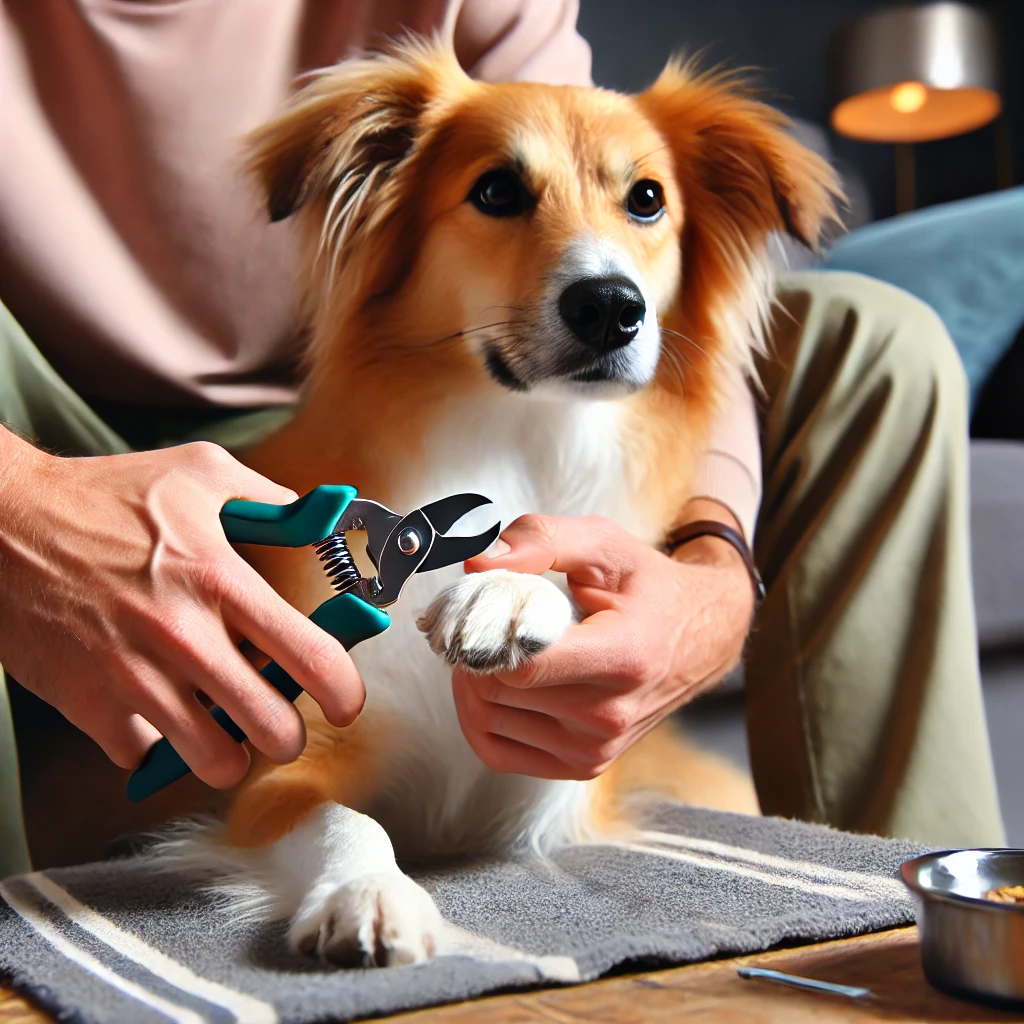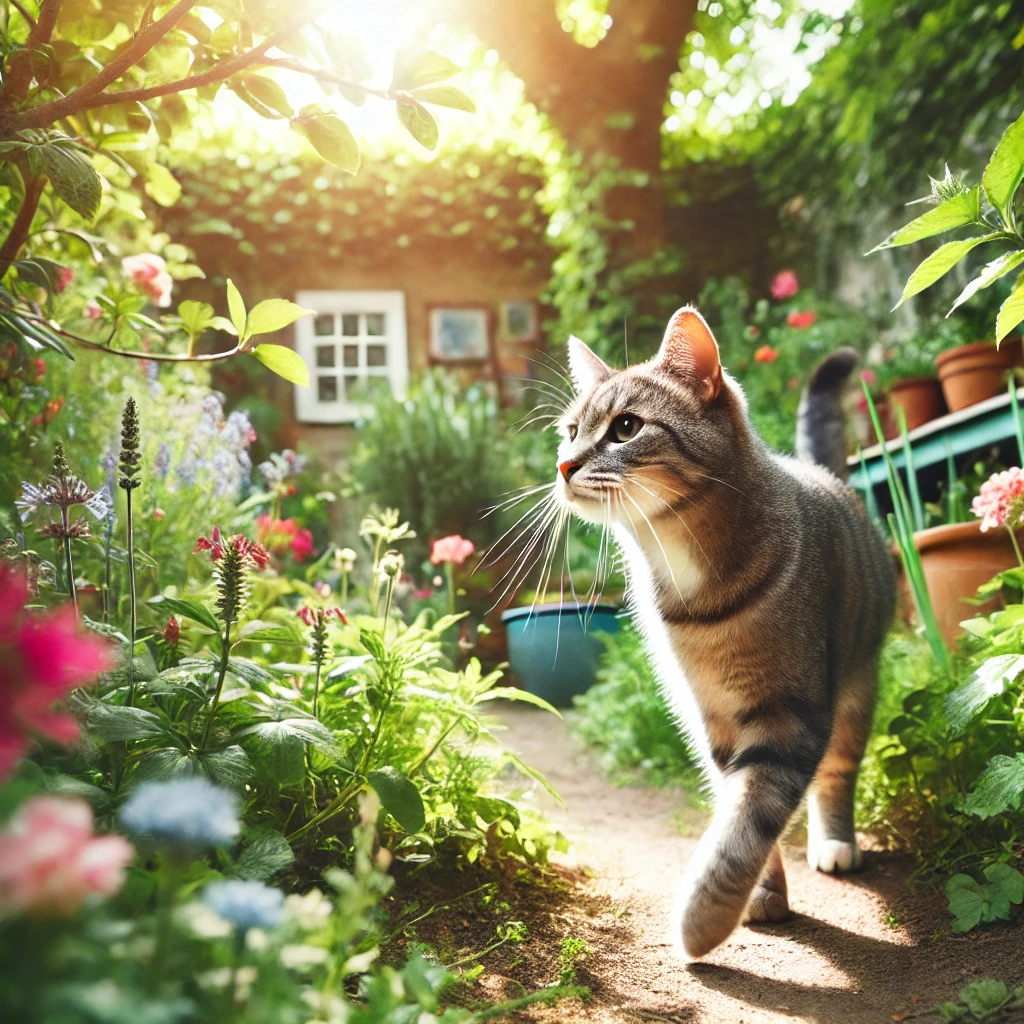Understand Your Cat Language and Its Feline Behavior
Introduction: To be a good cat parents you need Understanding Feline Behavior: What Your Cat is Really Telling You Cat Language. Cats are known for their mysterious and sometimes aloof behavior. However, behind those enigmatic eyes lies a world of communication that, when understood, can lead to a deeper bond with your feline friend. This article will explore the various ways cats communicate through their body language, vocalizations, and behaviors, helping you decode what your cat is really trying to tell you.
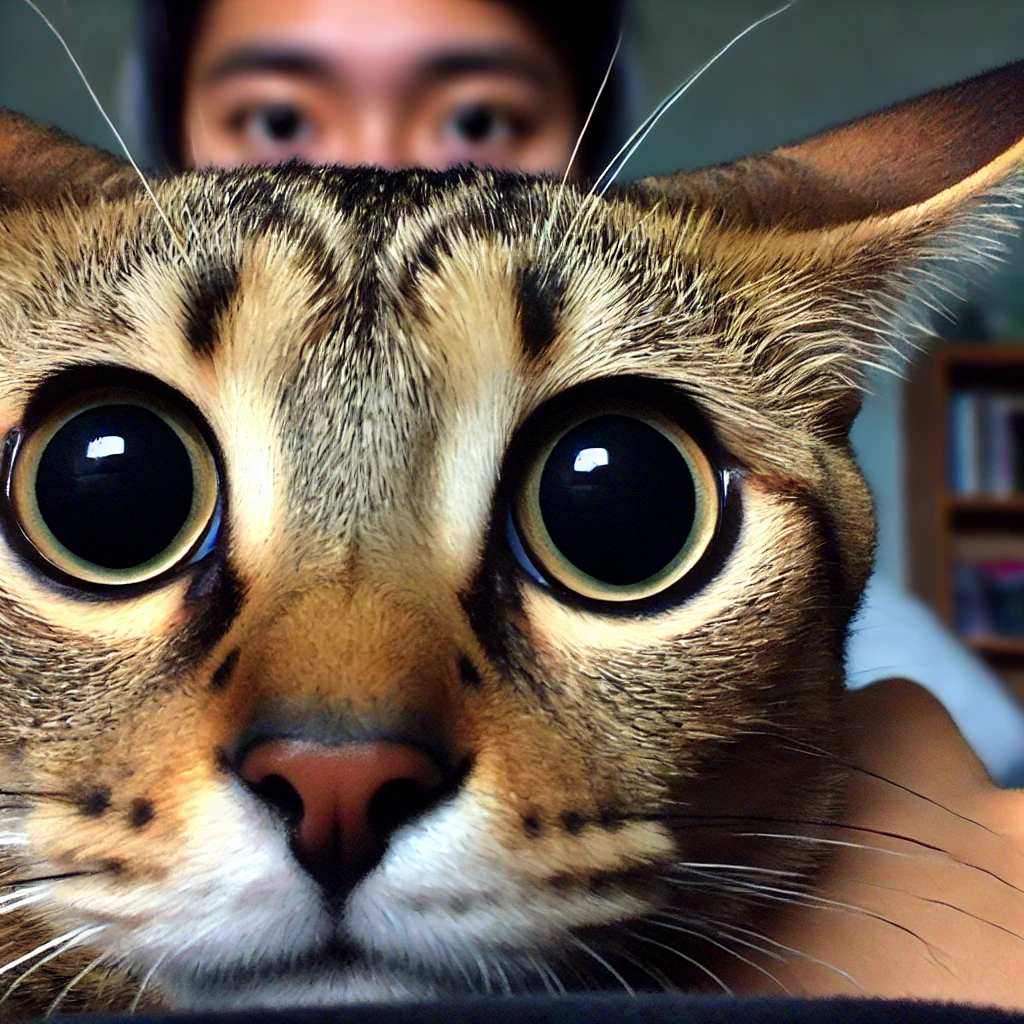
The Basics of Feline Body Cat Language :
- Tail Movements: A cat’s tail is one of the most expressive parts of its body. Understanding its different positions can provide insights into your cat’s mood:
- High Tail: A tail held high often indicates confidence and contentment. Your cat is feeling happy and secure in its environment.
- Puffed Up Tail: If your cat’s tail is puffed up and bristling, it’s likely feeling threatened or frightened. This is a defensive posture meant to make the cat appear larger to potential threats.
- Low Tail or Tucked Tail: A tail held low or tucked between the legs is usually a sign of fear or submission.
- Slowly Swishing Tail: A slow, deliberate tail swish often indicates a cat is focused or mildly annoyed.
- Rapidly Twitching Tail: Rapid tail movements can signal excitement or agitation. It’s a good idea to give your cat some space when you notice this.
- Ears and Eyes:
- Ears Forward: When a cat’s ears are perked forward, it’s usually curious or engaged with its surroundings.
- Ears Flattened: Flattened ears, especially if accompanied by dilated pupils, are a sign of fear or aggression.
- Dilated Pupils: Wide eyes with dilated pupils can indicate excitement or fear, depending on the context. Conversely, constricted pupils may signal aggression.
- Posture and Movement:
- Arched Back: An arched back, particularly when combined with puffed-up fur, indicates a frightened or defensive cat.
- Rolling Over: If your cat rolls over and exposes its belly, it’s a sign of trust and submission, though it’s not always an invitation for belly rubs.
- Purring and Kneading: Purring usually indicates contentment, while kneading with their paws is a behavior carried over from kittenhood, often associated with comfort.
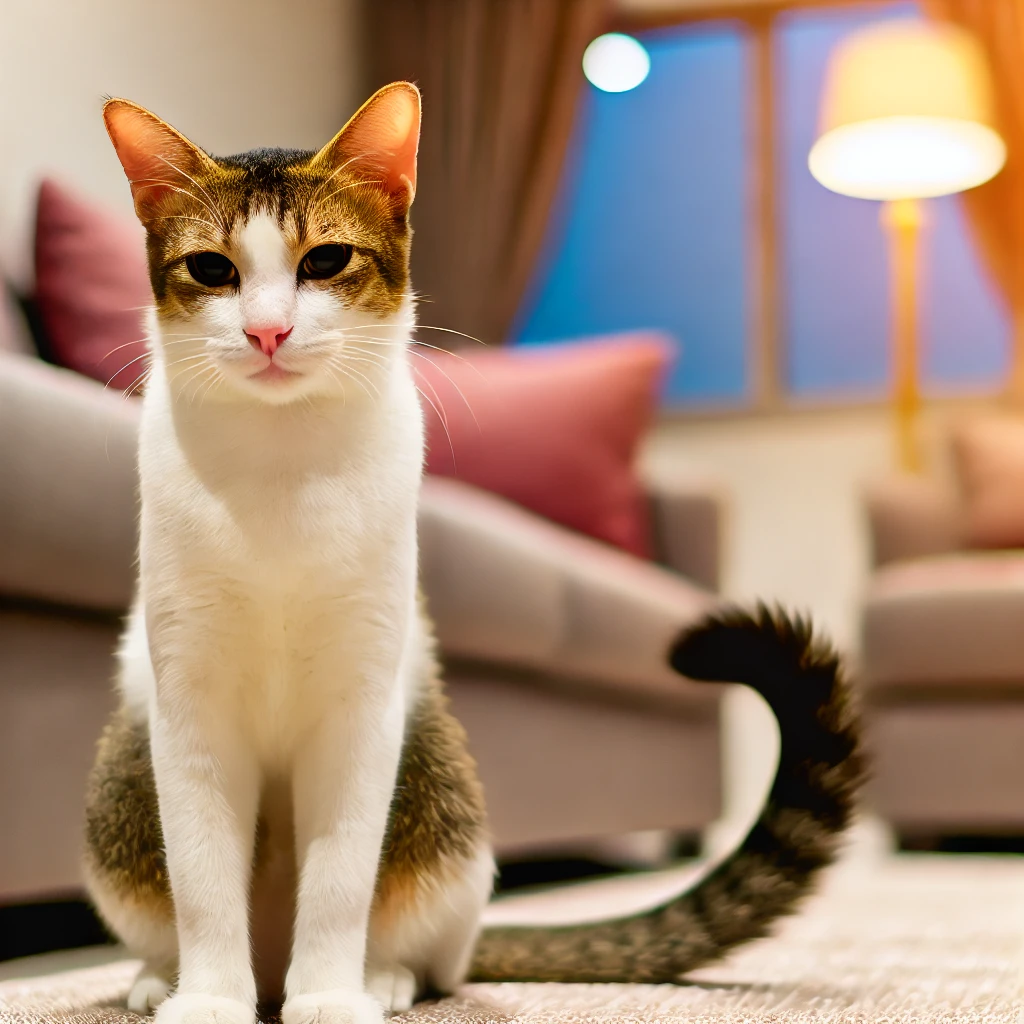
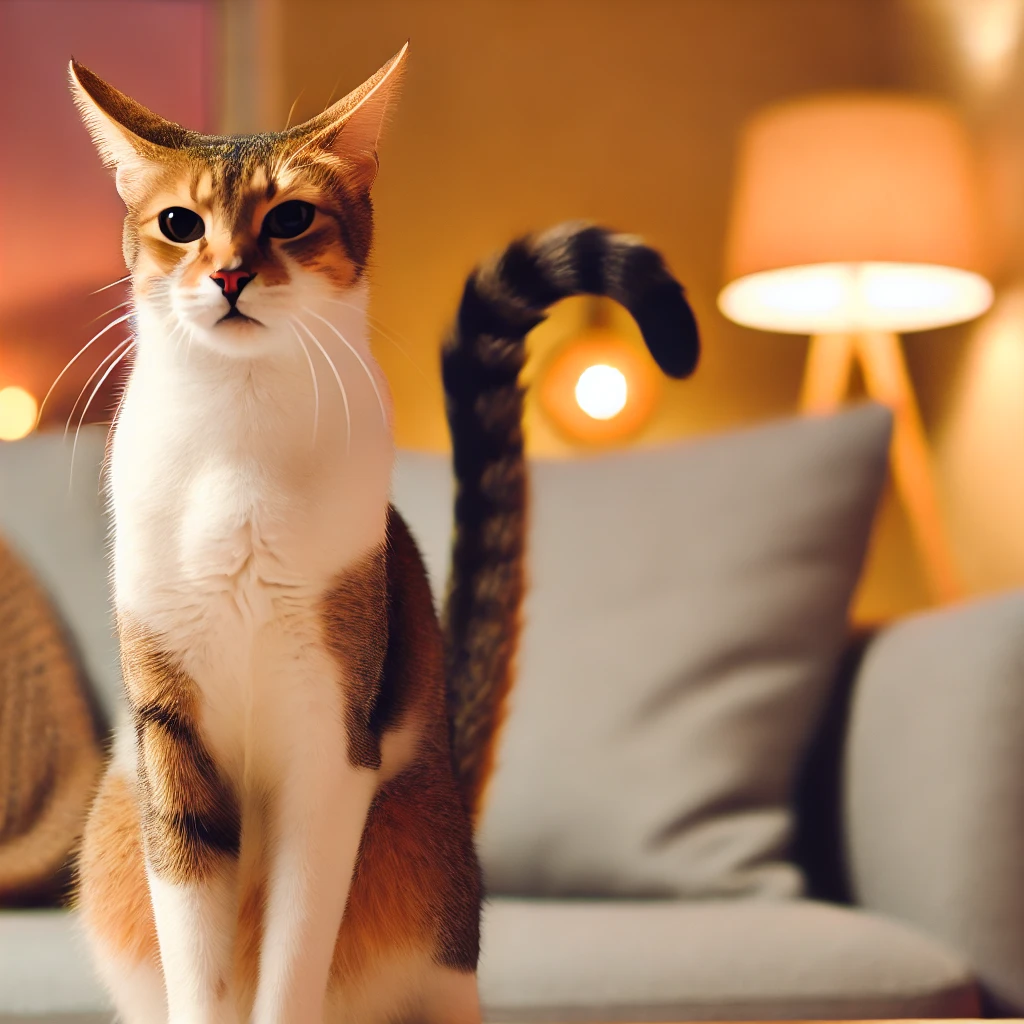
Vocalizations:
- Meowing: Cats primarily meow to communicate with humans, and different meows can have different meanings:
- Short Meow: A short, quick meow is often a greeting.
- Repetitive Meowing: Multiple meows in succession can indicate excitement or a demand for attention.
- Long, Drawn-Out Meow: A longer meow might indicate dissatisfaction or a request, such as for food or to be let outside.
- Purring: While purring is generally associated with a happy cat, it can also occur when a cat is nervous or in pain, often as a self-soothing mechanism.
- Hissing and Growling: These sounds are clear signs of a cat feeling threatened or upset. It’s a warning to back off and give the cat some space.
- Chirping and Trilling: These sounds are often directed at other animals or even humans. They can be a sign of excitement or an attempt to get your attention.
Common Cat Behaviors and What They Mean:
- Scratching: Scratching is a natural behavior for cats, used to mark territory, stretch, and maintain their claws. Providing scratching posts can help protect your furniture.
- Bunting: When a cat rubs its head against you or objects, it’s marking territory with scent glands located on its face. It’s a sign of affection and ownership.
- Hiding: Cats may hide when they are feeling unwell, stressed, or scared. It’s important to provide safe spaces where your cat can retreat.
- Bringing “Gifts”: If your cat brings you prey, such as a mouse or bird, it’s sharing its hunting success with you, which is a high compliment in the feline world.
Understanding Changes in Behavior:
- Sudden Aggression: If a usually calm cat becomes aggressive, it could be a sign of pain or discomfort. A visit to the vet may be necessary.
- Lethargy: A cat that suddenly becomes lethargic or uninterested in food or play may be ill and should be checked by a veterinarian.
- Excessive Grooming: Cats are known for their grooming habits, but excessive grooming can indicate stress, anxiety, or a skin condition.
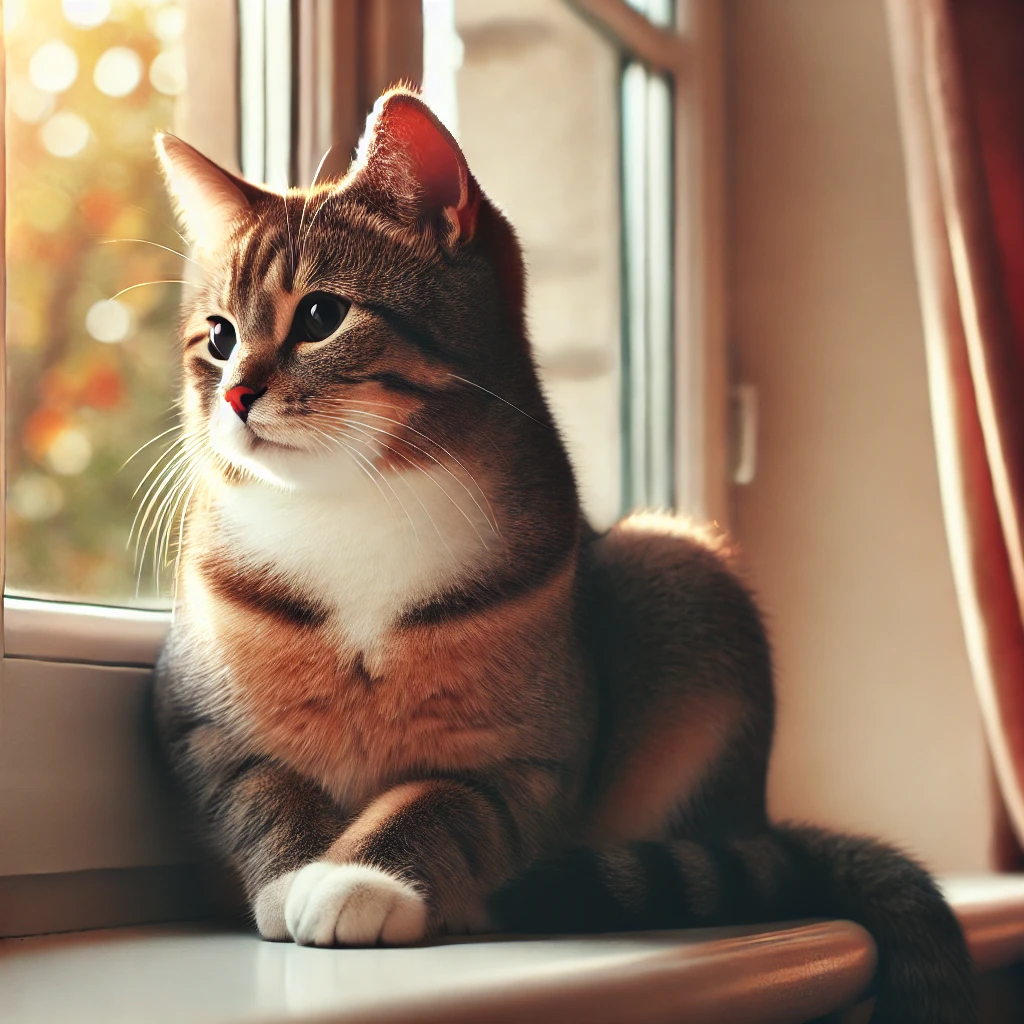
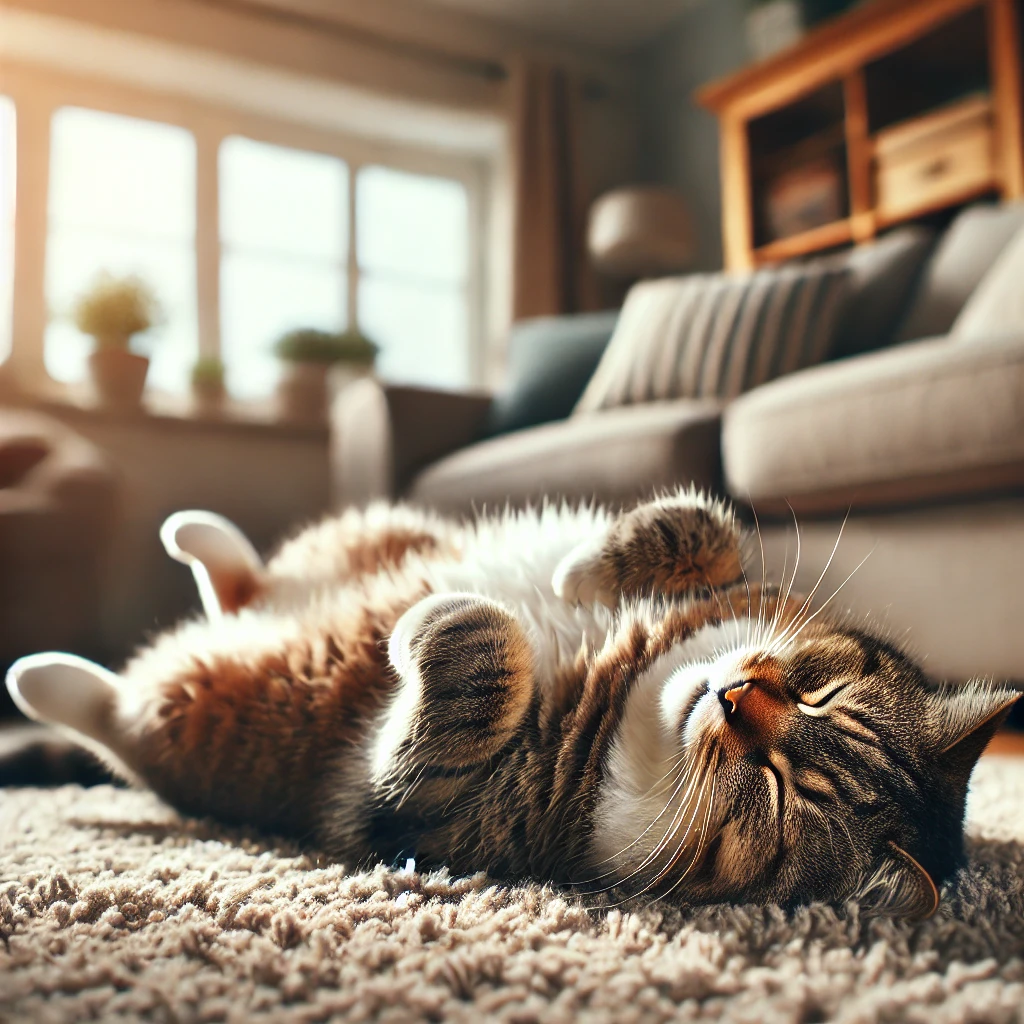
How to Strengthen the Bond with Your Cat:
- Respect Their Space: Cats value their independence. Allow them to come to you on their terms, and avoid forcing interactions.
- Interactive Play: Engage your cat with toys that mimic the movements of prey, such as feather wands or laser pointers. This not only provides exercise but also satisfies their hunting instincts.
- Positive Reinforcement: Reward your cat with treats and affection when they display desirable behaviors, such as using the litter box or scratching posts.
- Regular Health Check-ups: Regular visits to the vet ensure that your cat is healthy and can help catch any potential issues early.
Conclusion: Understanding feline behavior is key to building a strong and loving relationship with your cat. By learning to read their body language, vocalizations, and actions, you can respond to their needs and create a harmonious home environment. Remember, each cat is unique, and taking the time to observe and interact with your cat will lead to a deeper bond and a happier, healthier pet.
